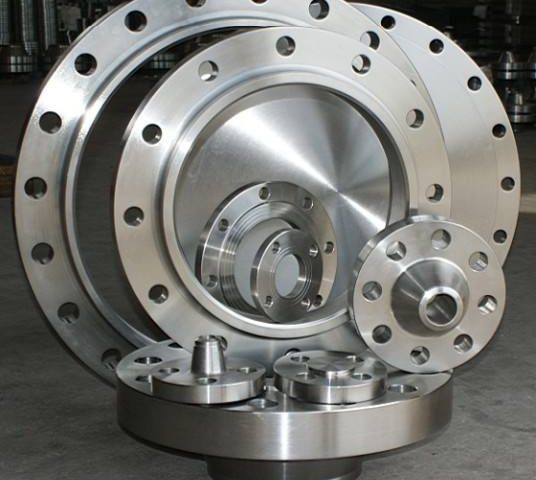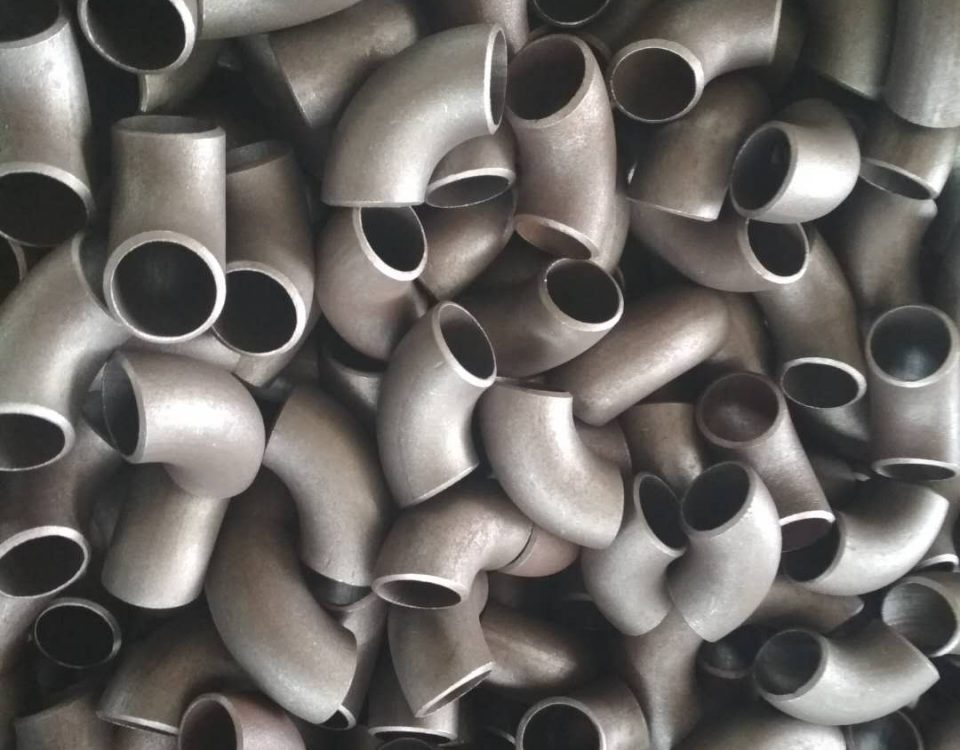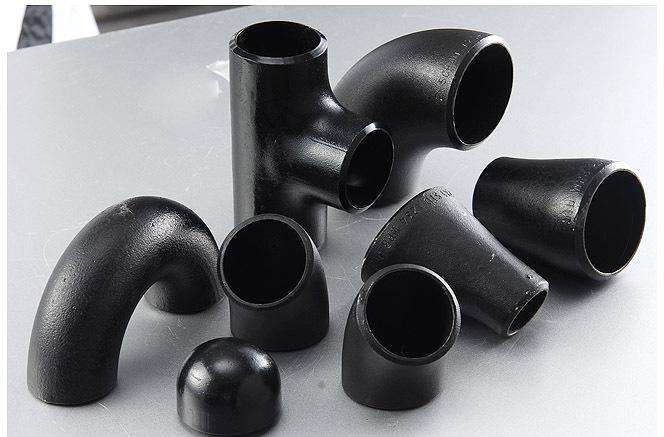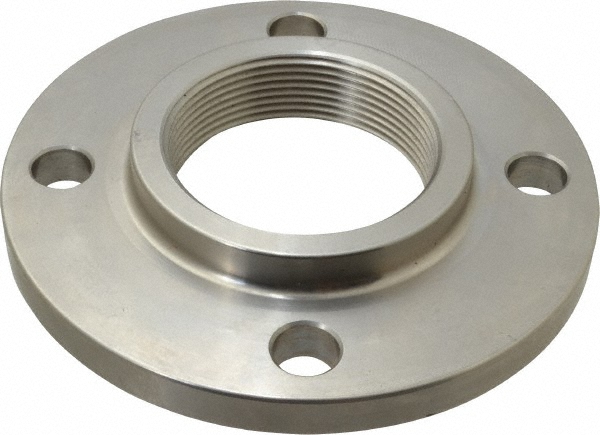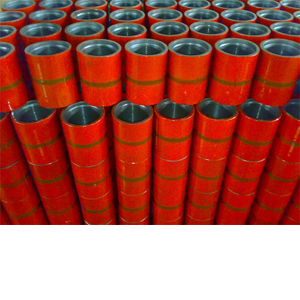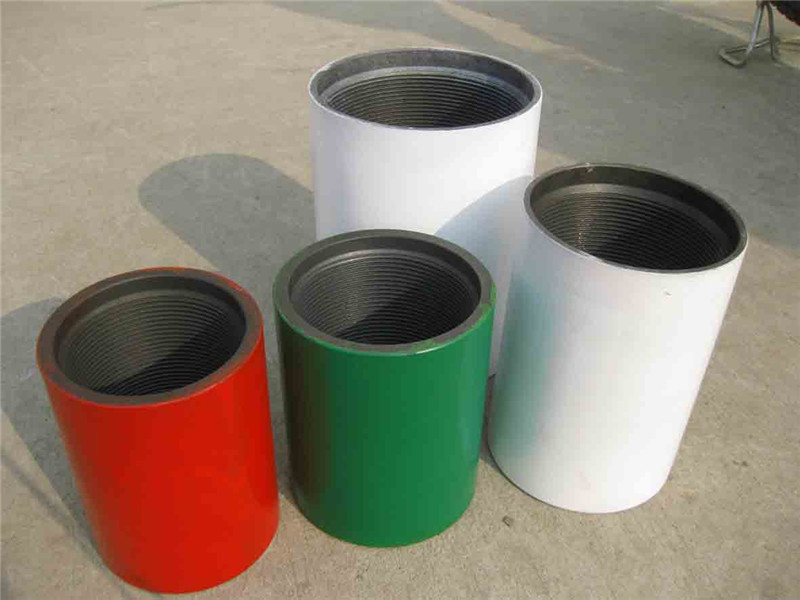- هبیABTER钢管CO。,بامسئولیتمحدود
- 86-317-3736333
- 86-317-2011165
- abter2016@163.com
فلنج”فرآیندتولید

ASTM A106خطلولهبرایساسولدرآفریقایجنوبی
دسامبر30,2019
گالوانیزهSSAWلولهبرایعربستانسعودیمشتری
فوریه25年,2020年凸缘的制造工艺中主要分为锻,ریختهگری,切割及压延。
The casting and forging flanges have advantages that the blanks of them have accurate shape,尺寸和成本低,只需要简单的过程。但是,锻造法兰有制造缺陷,如气孔,ترک,等并没有很流畅的内部组织流线型。锻造法兰的明显好处是,他们可以在各种形状伪造,他们有低成本。
Forging flanges generally have lower carbon content than the casting flanges and are not easy to rust。他们有流畅的流线,统一内部组织,,比铸造法兰更好的机械性能。有没有缺陷,如气孔和裂纹存在于铸造法兰。锻造法兰能够承受较高的剪切和拉伸力比铸造法兰。بااینحال,如果采用不当锻造过程,这也将造成较大外观,不均匀的晶粒和凝固开裂现象,导致比铸造法兰性价比较高。
We can distinguish between the casting flanges and forging flanges from the different production process。取离心凸缘作为一个例子,它是一种铸造法兰。离心凸缘通过精密铸造方法制造,这使得凸缘组织不是由砂型铸造中通常产生的那些更小,并提高凸缘的质量,使松散组织的发生少,孔,砂眼等。
Cutting process refers to producing flanges by directly cutting a round plate with the inner diameter,外直径和厚度可以被进一步从中间板后处理,然后处理所述螺栓孔和水线。这样的凸缘的最大直径是由中间板的宽度的限制。
Rolling process refers to producing flanges by cutting stripes from the middle plate and then rolling them into round shape。此过程主要用于生产大凸缘的。在轧制过程之后,焊接,然后压平圆形,最后处理该锯齿状螺旋光洁度和螺栓孔。

